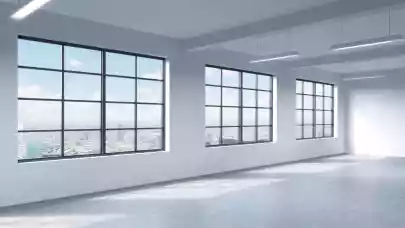
Colliers consultants expect a lot of buildings due in 2022 or later to be postponed at least until the market balances itself out.
“Furthermore, we see the undersupply of modern offices in Bucharest as an insulating factor over the longer term and we would rather expect the modern office stock to start growing again in a few years; consequently, it could surpass 4 million square meters by the end of the new decade, and might even close in on the 5 million milestones, if no other (economic) crisis will show up on the radar”, says Sebastian Dragomir, Partner and Head of Office 360° at Colliers.
Also, there is at least 400,000 sqm of lease expiries every year and, in 2021, part of these may end up being much lower at renewal due to both current economic issues and the permanent impact of remote work, Colliers consultants believe. But they remain quite optimistic about the Bucharest office market in the longer run.
A good sign for the market is that some landlords are offering leases below the 5-year standard duration and they are also a bit more flexible on the break options.
“We are now seeing landlords sometimes offering leases below the 5-year standard duration and they are also a bit more flexible on the break options. Further pressures on rents are emerging from the rising sublease market, which offers prospective tenants fitted-out offices at quite attractive rents and even more flexible conditions. However, the impact on rents is likely to be nuanced and prime buildings should be fine: they tend to have big blue-chip tenants and though these may start subleasing part of their offices, the very good offices in Bucharest have had above average occupancy this past cycle and we would expect things to remain like this”, says Sebastian Dragomir.
2020 was one the poorest in the last decade for the Bucharest office market in terms of demand, reflecting uncertainties generated by the effects of the Covid-19 pandemic on the tenants’ plans. Overall, gross take-up declined by 40% compared to 2019 to 214,000 sqm, the lowest level since 2012, while new demand stood at around 70,000 sqm.



